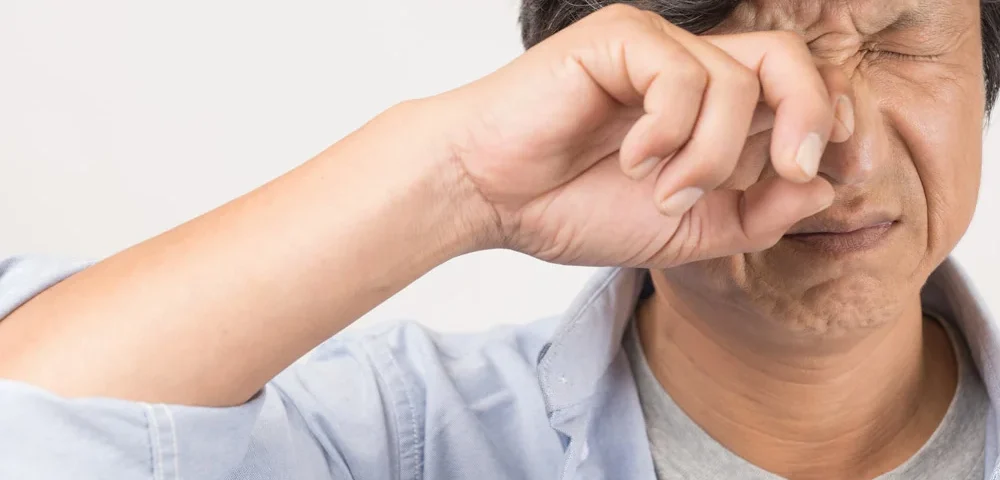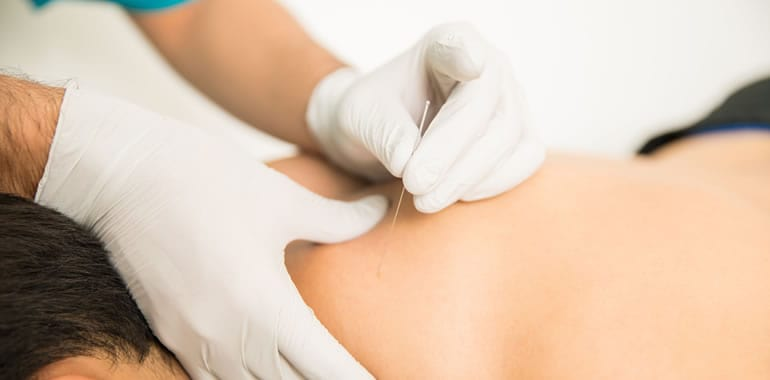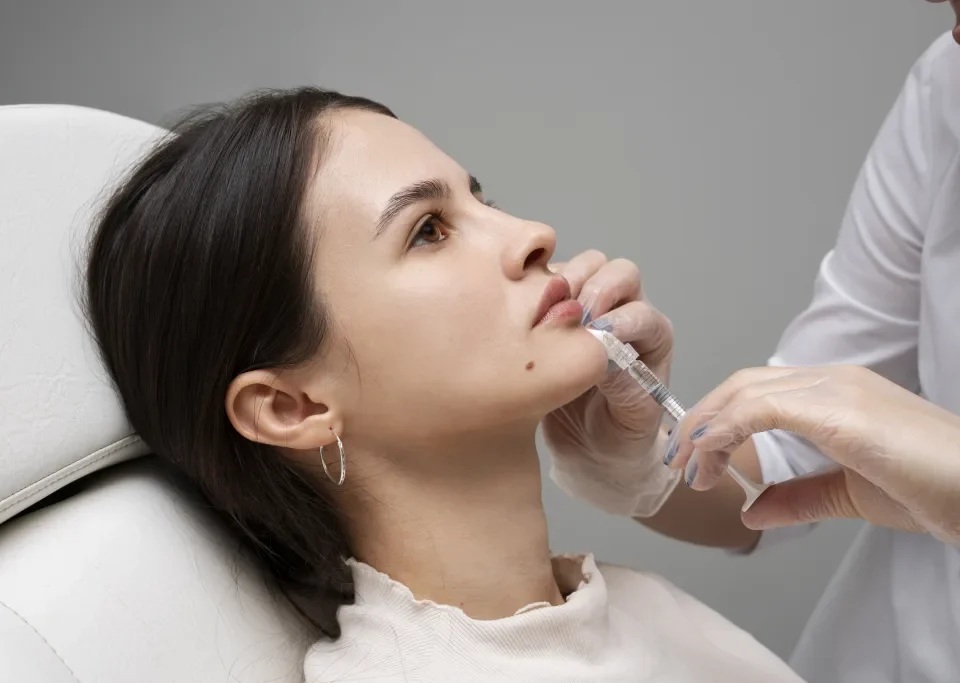
Exploring the Role of a Podiatrist in Foot Health
September 18, 2025
Jhonbaby777: Everything You Need to Know About the Trending Online Platform in 2025
September 22, 2025Retinal tears are serious eye conditions that can threaten vision if left untreated. Recognizing the signs, such as sudden flashes of light or shadows in your vision, enables you to seek timely care and protect your long-term eye health. Here’s some information about retinal tears and how to treat them:
Defining the Retina
The retina forms a thin, light-sensitive sheet at the back of your eye. It picks up light signals, translates them, and sends visual messages through the optic nerve to your brain. A healthy retina plays a key role in keeping your sight sharp and clear.
Describing Retinal Tears
Inside your eye, a clear, gel-like substance known as vitreous fills the space. As you get older, the vitreous can become thinner and pull away from the retina’s surface. This doesn’t always cause issues, but sometimes the pulling is strong enough to create a tear.
A retinal tear means a small rip or break has developed in this delicate tissue. If fluid passes through the torn area and collects behind the retina, it might cause the retina to lift. This process is retinal detachment, and it requires prompt attention. Discovering a retinal tear early gives you more options to protect your sight.
Identifying Key Symptoms
Recognizing the signs of a torn retina is helpful, as they can appear without warning. If you notice any of the following, reach out to an eye care professional promptly:
- Sudden new floaters: Tiny specks, strings, or cobwebs drifting across your vision may suddenly multiply. While floaters alone are common, a burst of them suggests a change inside your eye.
- Flashes of light: Brief flashes or streaks, often in your peripheral vision, may look like little lightning bolts. These are sometimes noticeable even with your eyes closed or when you’re in a dark room.
- Dark shadows or curtains: If a dark area, shadow, or gray curtain creeps into your side vision, this shift may be a key warning sign.
Although not every case of these symptoms points to a retinal tear, seeking advice is fundamental to your eye health. Early detection can prevent complications, including permanent vision loss. It also allows your eye care provider to tailor treatment specifically to your needs, whether through monitoring, laser therapy, or other interventions.
Exploring Causes and Risk Factors
Several factors may make retinal tears more likely, including aging. The aging process brings natural changes to the eye, and the vitreous typically becomes more mobile over time. Past eye injuries, previous eye surgeries, or severe nearsightedness also play roles. Some people have a family history of retinal problems, which may also increase the risk. Regular eye exams allow eye care professionals to monitor your eyes closely and take preventive or corrective measures when needed.
Approaching Treatment for Retinal Tears
When addressing a torn retina, the primary aim is to seal the break and prevent further complications. Eye care professionals may focus on techniques that secure the retina in place by creating a scar around the torn area. Laser photocoagulation involves directing a laser beam through the pupil to the retina. The resulting burns form scars that secure the retina and help block fluid from entering through the tear.
Cryopexy is another treatment method, but it involves applying a freezing probe to the outer wall of the eye. This process also creates scarring that supports the retina. Choosing the right treatment depends on different factors, such as the tear’s location and size, and the health of the eye as a whole.
Summarizing the Key Points
Retinal tears benefit from early detection and timely care. Modern treatments, including laser photocoagulation and cryopexy, are designed to repair tears, stabilize the retina, and prevent complications. Prompt attention helps protect your vision, so consult an eye care professional today if you’ve experienced sudden changes in your eyesight.
- Soutaipasu: Exploring the Unique Japanese Subculture and Fusion Cuisine
- Wollmatten Guide: Benefits, Uses, Care Tips & Buying Advice for Natural Wool Mats
- Jadeitový kameň: Účinky, využitie, druhy a kompletný sprievodca
- Escapamento RD: Guia Completo, Modelos, Desempenho e Como Escolher o Melhor para Sua RD
- Sodiceram: Benefits, Uses, Installation & Complete Guide for Homeowners




